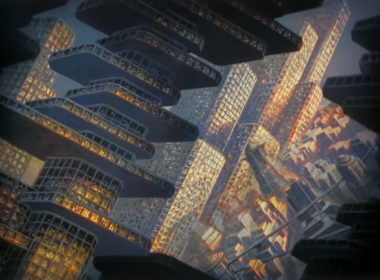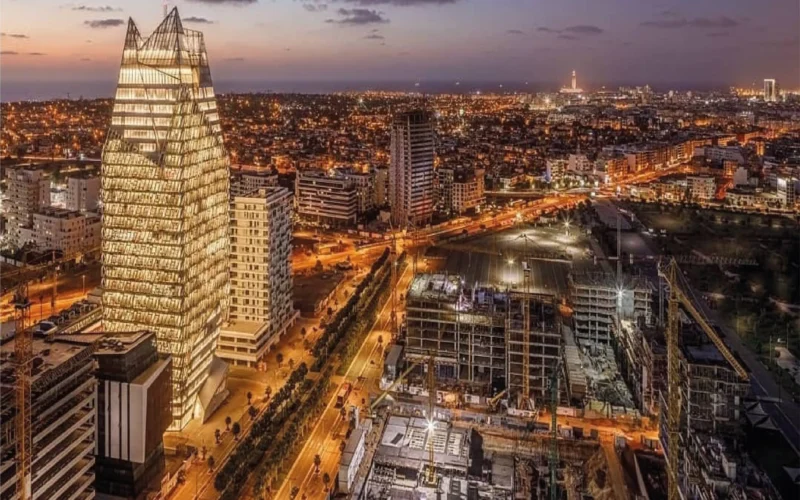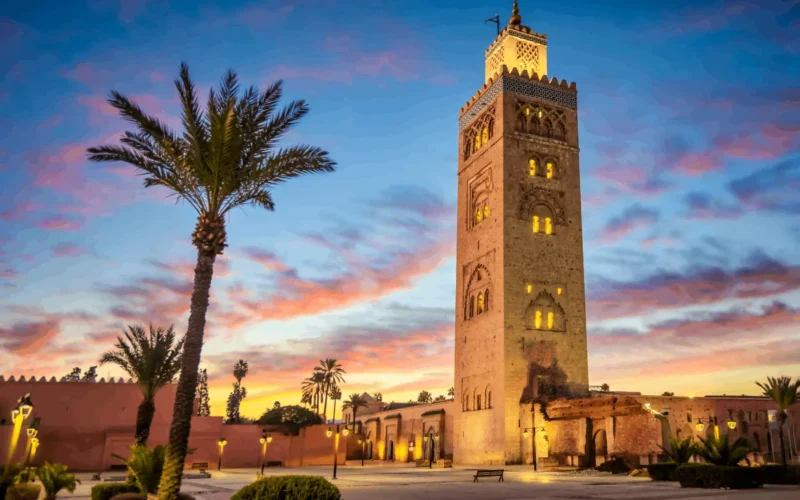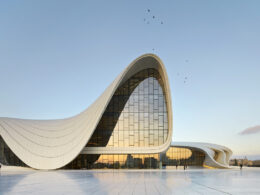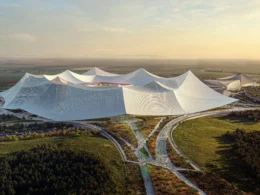Established in 2010, Casablanca Finance City (CFC) has evolved into a pivotal financial hub in Africa, aiming to bridge business opportunities between Africa, Europe, and the Mediterranean.
Table of Contents
Key Achievements
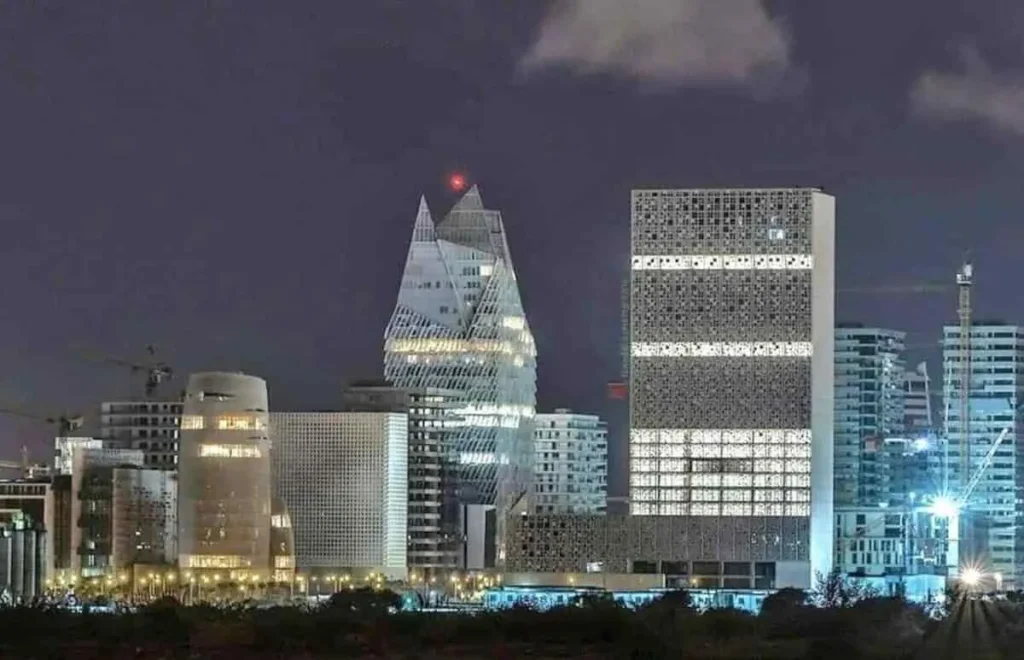
- Global Financial Standing:
- CFC is recognized as Africa’s leading financial center, ranking 56th globally in the Global Financial Centres Index (GFCI) with a score of 688 points.
- Regulatory and Tax Incentives:
- The Moroccan government offers attractive incentives to businesses operating within CFC, including tax exemptions and a favorable regulatory framework, to foster a conducive business environment.
- Dynamic Business Ecosystem:
- CFC hosts over 200 companies from 115 countries, including 50 African nations, spanning sectors like finance, information technology, industry, and services.
- International Collaborations:
- In January 2025, CFC assumed the presidency of the World Alliance of International Financial Centers (WAIFC), reinforcing its global financial influence.
- Sustainable Finance Initiatives:
- CFC has partnered with the Caisse de Dépôt et de Gestion (CDG) to develop a voluntary carbon market, positioning Morocco and Africa as leaders in sustainable finance.
Pre-Project Expectations vs. Post-Project Realities
When CFC was initially launched in 2010, there were high expectations surrounding its potential. The vision was to transform Casablanca into a modern, inclusive, and sustainable financial hub that would attract international businesses, promote economic growth, and encourage urban integration.
Pre-Project Expectations:
- International Financial Hub: CFC was expected to rival Dubai, Johannesburg, and Lagos as a leading global financial center, facilitating billions in foreign investments and driving substantial economic growth.
- Sustainability and Urban Regeneration: The project promised sustainable urban development, green spaces, bioclimatic buildings, and the revitalization of previously underdeveloped parts of Casablanca.
- Inclusive Growth: It was anticipated that the project would be a model of urban integration, with opportunities for local communities to benefit from job creation, affordable housing, and better services.
Post-Project Realities:
- Economic Growth, but Not as Expected: While CFC has certainly attracted significant international investment and is recognized as a key financial hub in Africa, it has not reached the global prominence originally envisioned. Despite being a major player in North Africa, it still faces competition from other emerging financial centers on the continent, and its international ranking remains below initial expectations.
- Environmental Success, Social Exclusion: While CFC is a green, eco-friendly district with state-of-the-art bioclimatic buildings and green spaces, it lacks integration with the surrounding urban areas. The promise of creating an inclusive space with affordable housing has not materialized fully. The area remains dominated by high-end offices and residences, which has exacerbated social divisions within the city.
- Limited Urban Regeneration: CFC was expected to catalyze the broader urban transformation of Casablanca, benefiting all social classes. However, the surrounding areas, especially poorer neighborhoods, have not seen substantial improvement, leaving the city with a growing divide between affluent districts like CFC and the struggling areas on its periphery.
Ongoing Challenges
Despite these accomplishments, CFC continues to face challenges:
- Social Inclusivity:
- There is a need to integrate social and affordable housing within CFC to promote diversity and prevent social exclusion. The absence of these elements has created a district that caters predominantly to high-income individuals and businesses.
- Urban Integration:
- Ensuring that CFC’s development benefits extend beyond its boundaries, contributing to the broader urban and social fabric of Casablanca, remains a key issue. CFC must play a role in improving the infrastructure and services in neighboring districts, which are still lacking in many basic amenities.
How Can CFC Do Better? Proposals for Inclusive Urbanism
To become a true urban success story, CFC must evolve from being just a “business park” into a living, breathing part of Casablanca’s urban fabric. Here are a few paths forward:
Mixed-Use Development
Encouraging residential diversity, including intermediate and affordable housing, can break social silos and support more inclusive urban life.
Inclusive Public Spaces
Design culturally open and inclusive parks, libraries, cultural centers, and sports facilities that serve the wider Casablanca population, not just professionals working in the area.
Community Engagement
Establish public-private partnerships to support local education, health, and economic development in adjacent neighborhoods like Maârif, Hay Hassani, or Oulfa.
Integrated Urban Policy
CFC’s success must feed into Casablanca’s broader urban regeneration strategy, helping to lift up less developed areas rather than deepen the gap.
Conclusion: A Decade of Progress and the Road Ahead
Ten years in, Casablanca Finance City stands as a bold experiment in modern African urbanism. It showcases what Morocco can build when ambition, investment, and design align. But it also reminds us that city-building is not just about infrastructure or image; it’s about people.
To build a city that truly works for everyone, economic growth and urban planning must serve the public good, not just elite interests.
CFC has the potential to be more than a financial hub. It can be a catalyst for inclusive urban transformation if it chooses to integrate rather than isolate.



